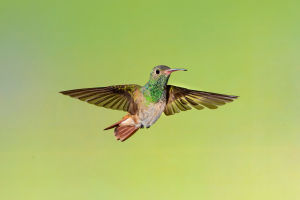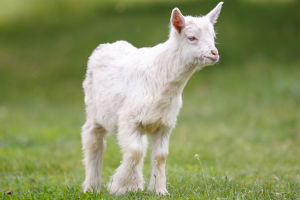Roaring Through the Wild
Lions, as the overlord of the African grasslands, are one of the symbols of the animal world for their strength and majesty.
Lions belong to the cat family and usually live in open grasslands and savannas in Africa.
Lions are known for their unique social structure and hunting skills, forming social groups centered around female lions, which is relatively unique in the animal world.
Lions have distinctive appearance characteristics. Male lions have thick manes, which are not only a sign of their gender, but also a symbol of health and strength. The color and length of the mane can vary depending on the age, genes, and habitat of the lion.
Female lions are relatively small and more slender, mainly responsible for hunting and raising cubs. Lions are usually active at dusk and dawn because the temperature is lower during these periods, which is suitable for hunting.
Lions are very efficient in hunting, and they usually hunt in groups. Female lions adopt ambush and hunting strategies when hunting so that they can surround and quickly pounce on their prey.
Their main prey includes wildebeests, zebras, and other large herbivores. Lions subdue their prey with a quick charge and powerful bite. After a successful hunt, male lions often eat first, and this behavior has a clear hierarchy in the lion group.
Lions usually reproduce once or twice a year, and the gestation period of female lions is about 110 days, and each litter can generally give birth to two to four cubs. It takes a few months after the cubs are born to move independently.
During this time, female lions will seek shelter within the lion group to protect the cubs from natural enemies. Other members of the lion group, especially female lions, often help care for the cubs to ensure their survival.
Although lions are top predators in nature, their survival faces many challenges. The expansion of human activities, habitat loss, and poaching have threatened the survival of lions.
The lion population in Africa has declined significantly in the past few decades, and the International Union for Conservation of Nature (IUCN) has listed it as a vulnerable species.
To protect lions and their habitats, countries and organizations are taking active measures to establish nature reserves, strengthen the fight against poaching, and encourage local communities to participate in lion protection.
Lions also play an important role in culture. They are often seen as a symbol of strength, courage, and dignity, and appear in various works of art and folk tales.
On the national emblems and flags of many countries, lions also symbolize the majesty and power of the country. Whether in the animal world or human culture, the image of the lion is deeply rooted and has become a totem in everyone's mind.
Lions are not only awe-inspiring creatures in nature but also an indispensable part of the ecosystem. Their existence maintains ecological balance and inspires people to pay attention to and protect the diversity of wild animals.
Hope that in the days to come, humans can cherish this gift of nature more and create a better environment for lions' survival and reproduction.







